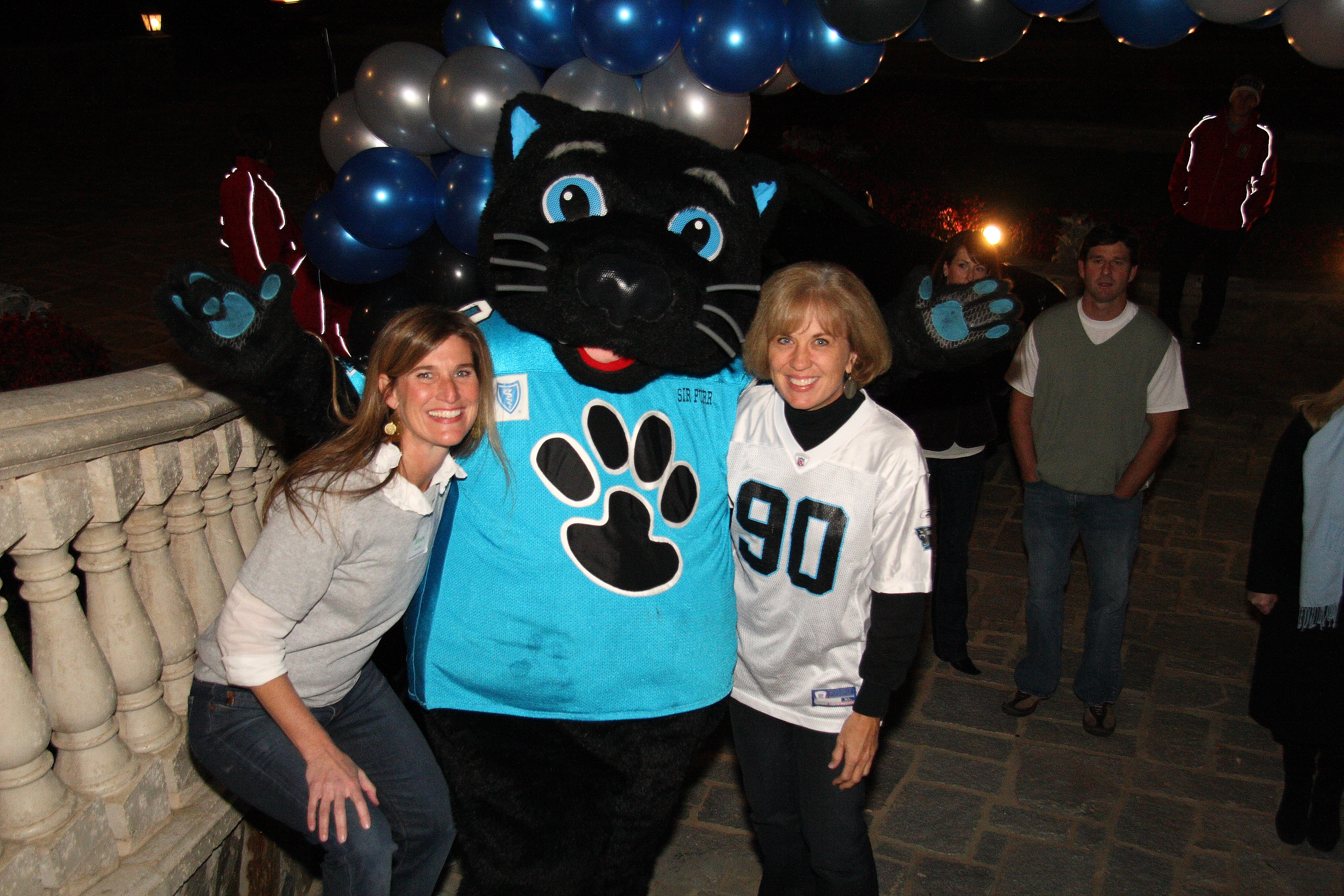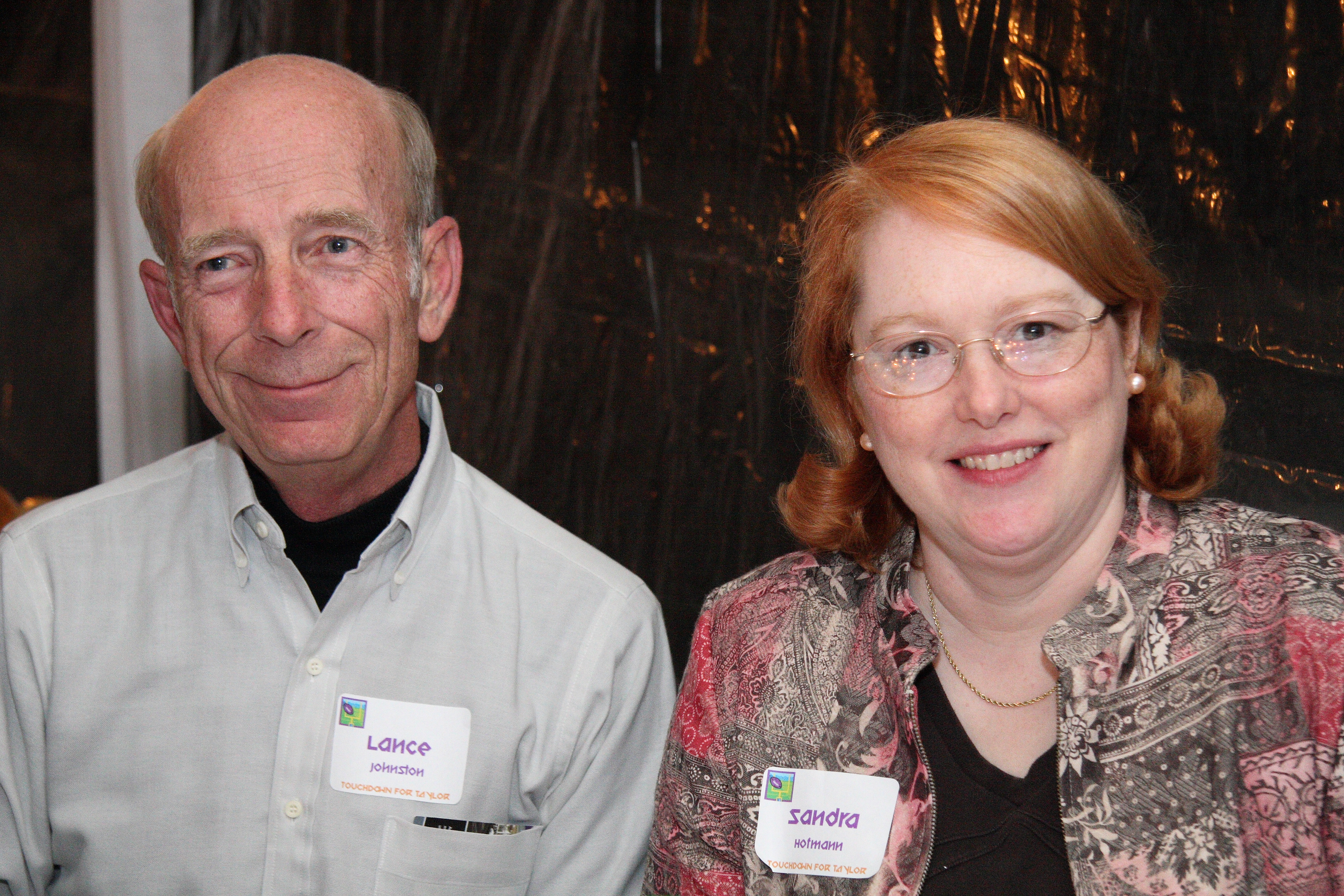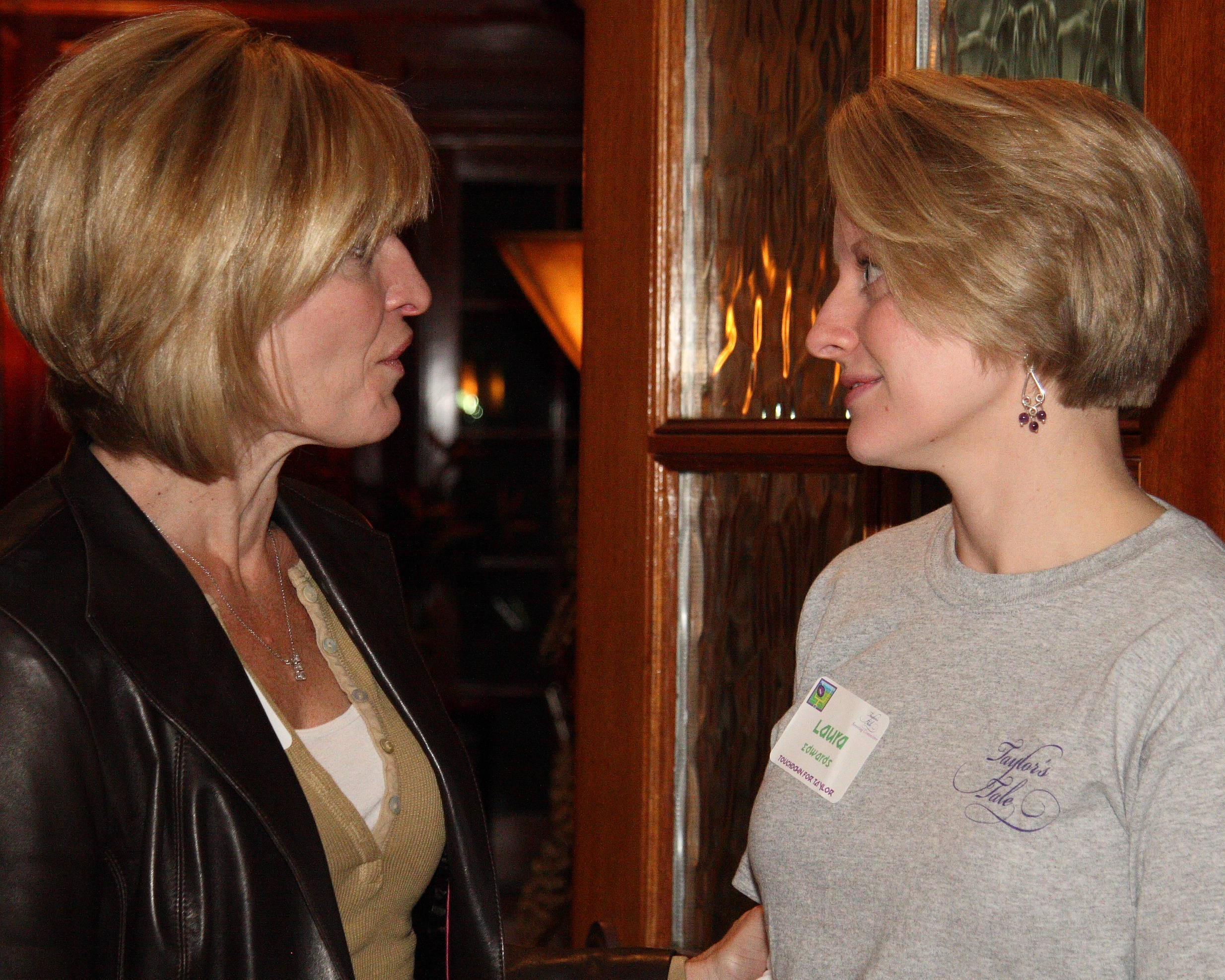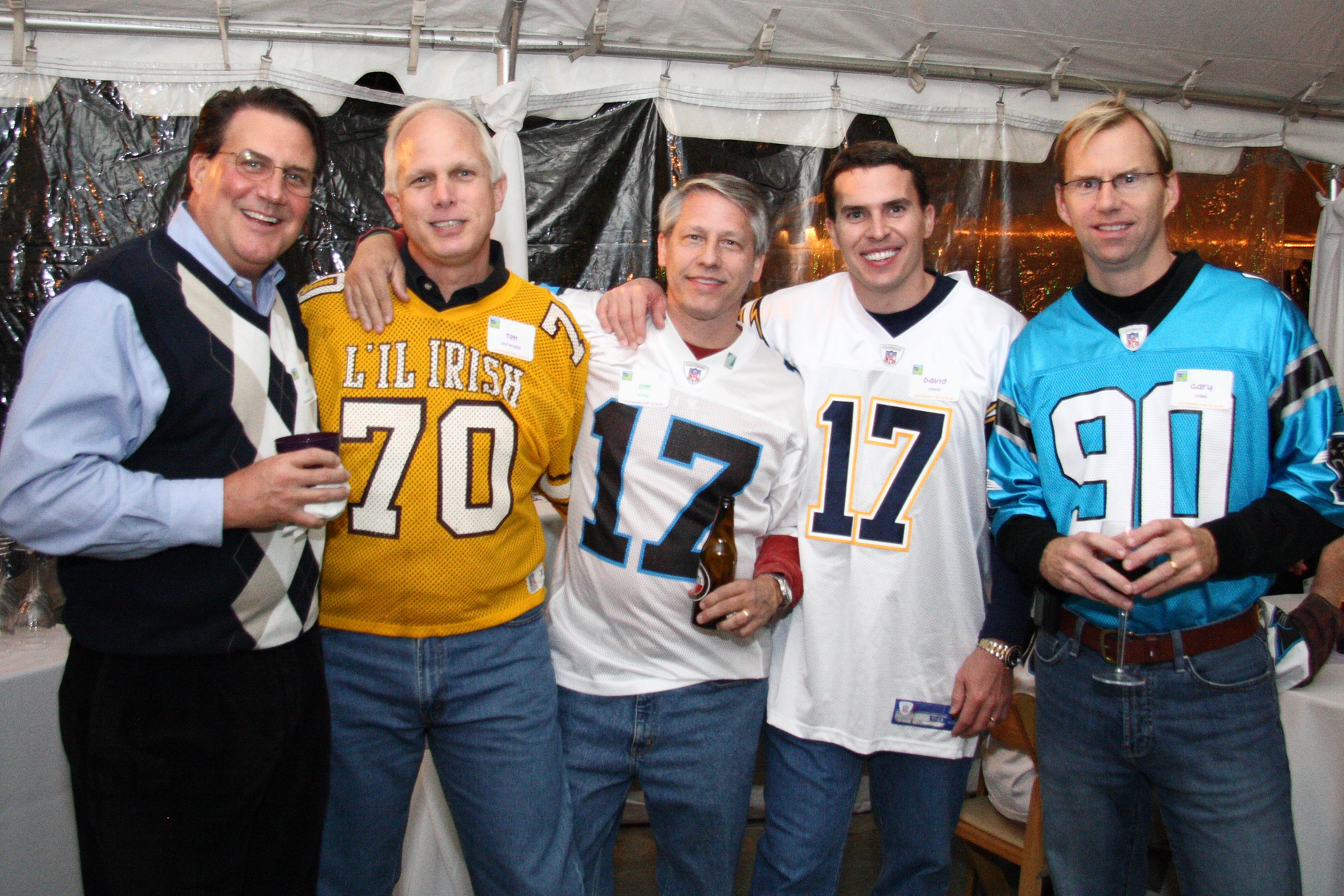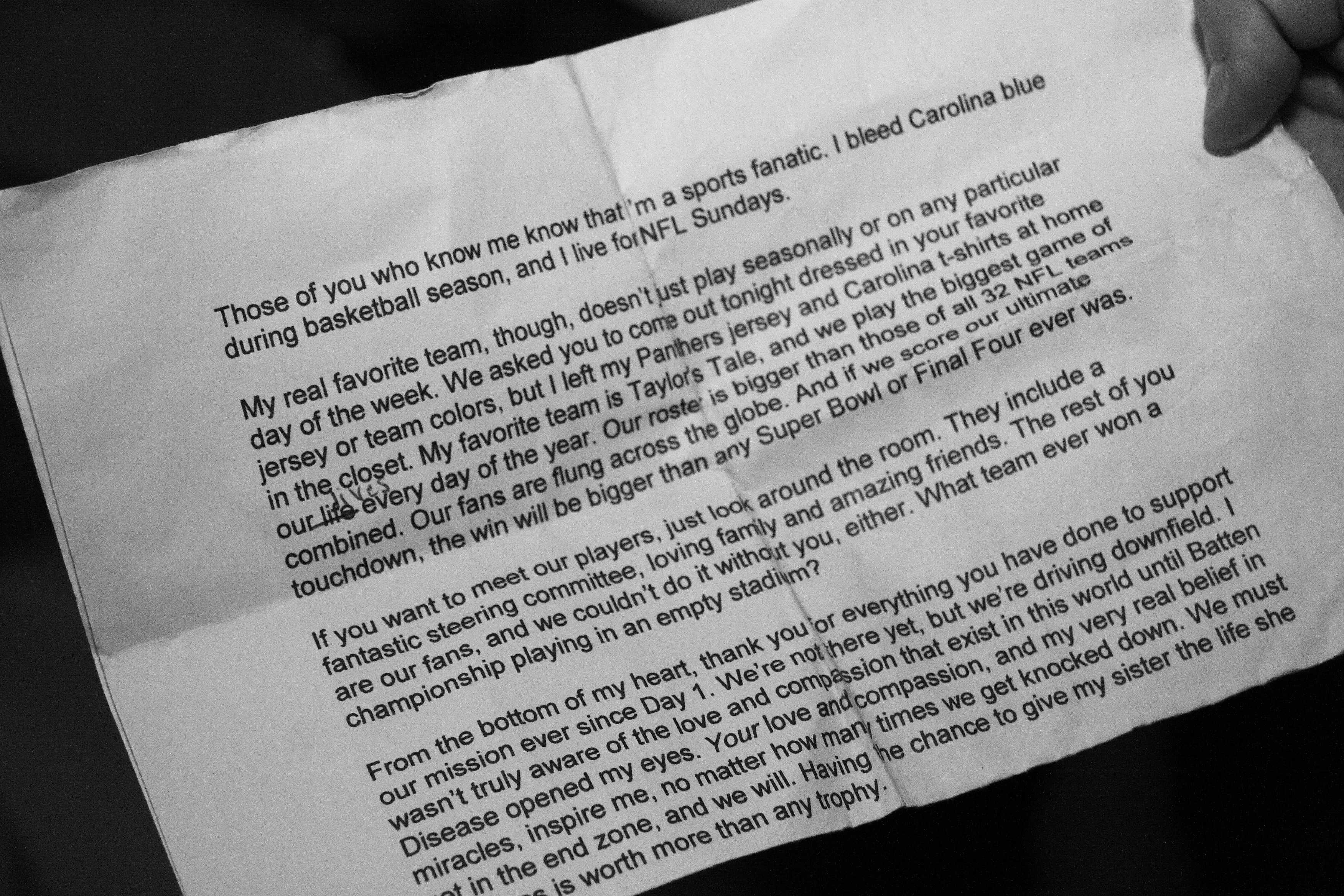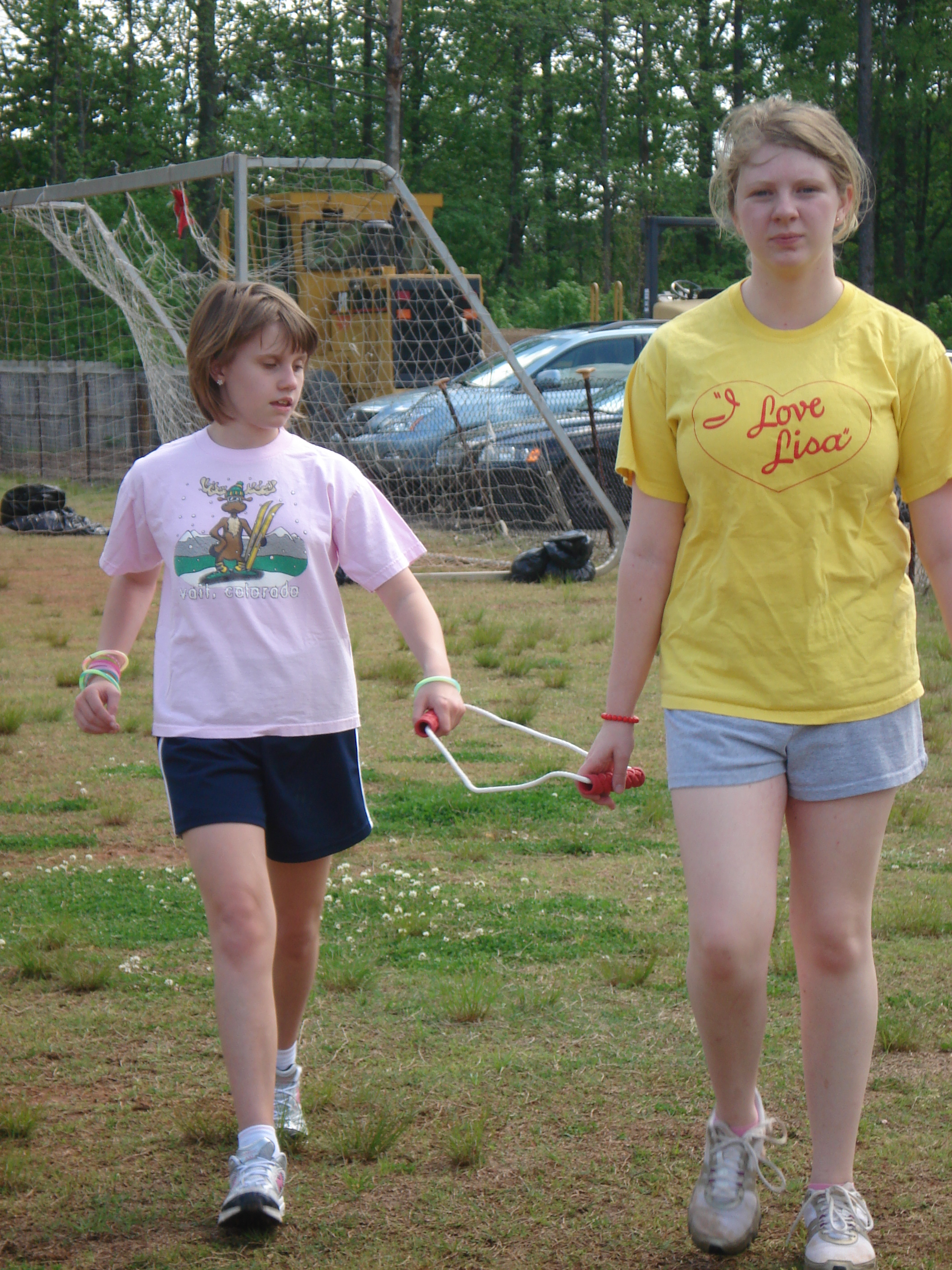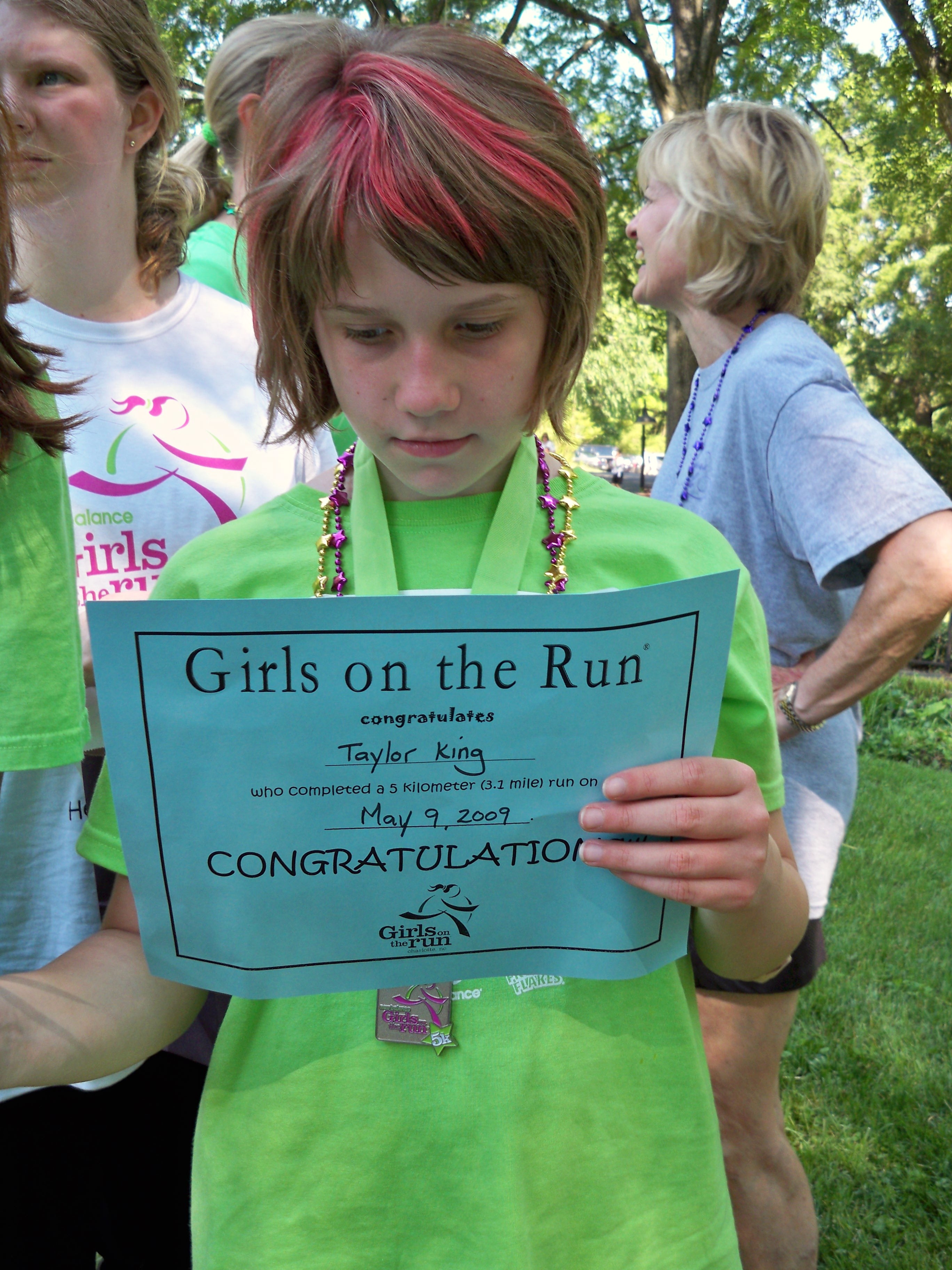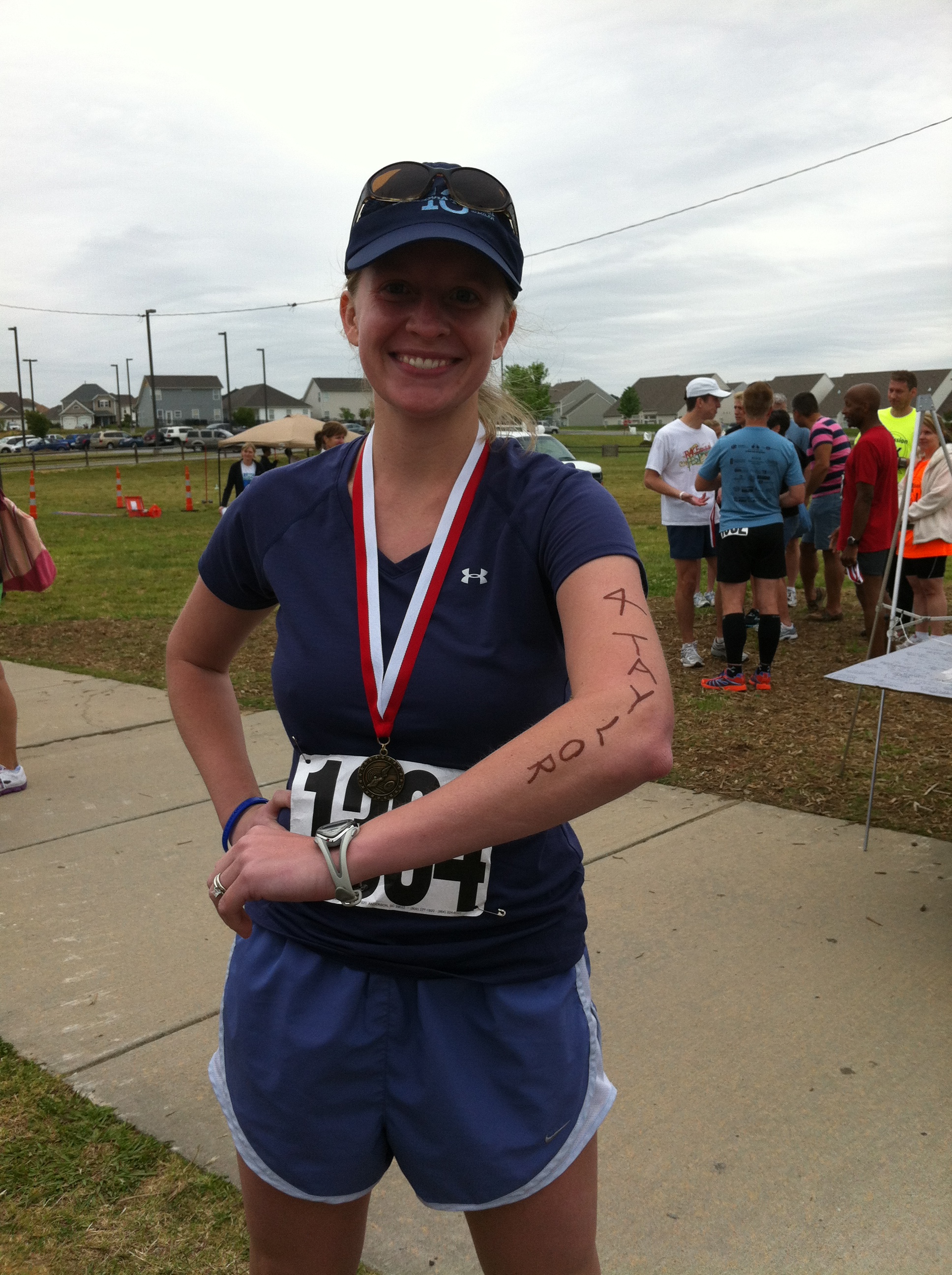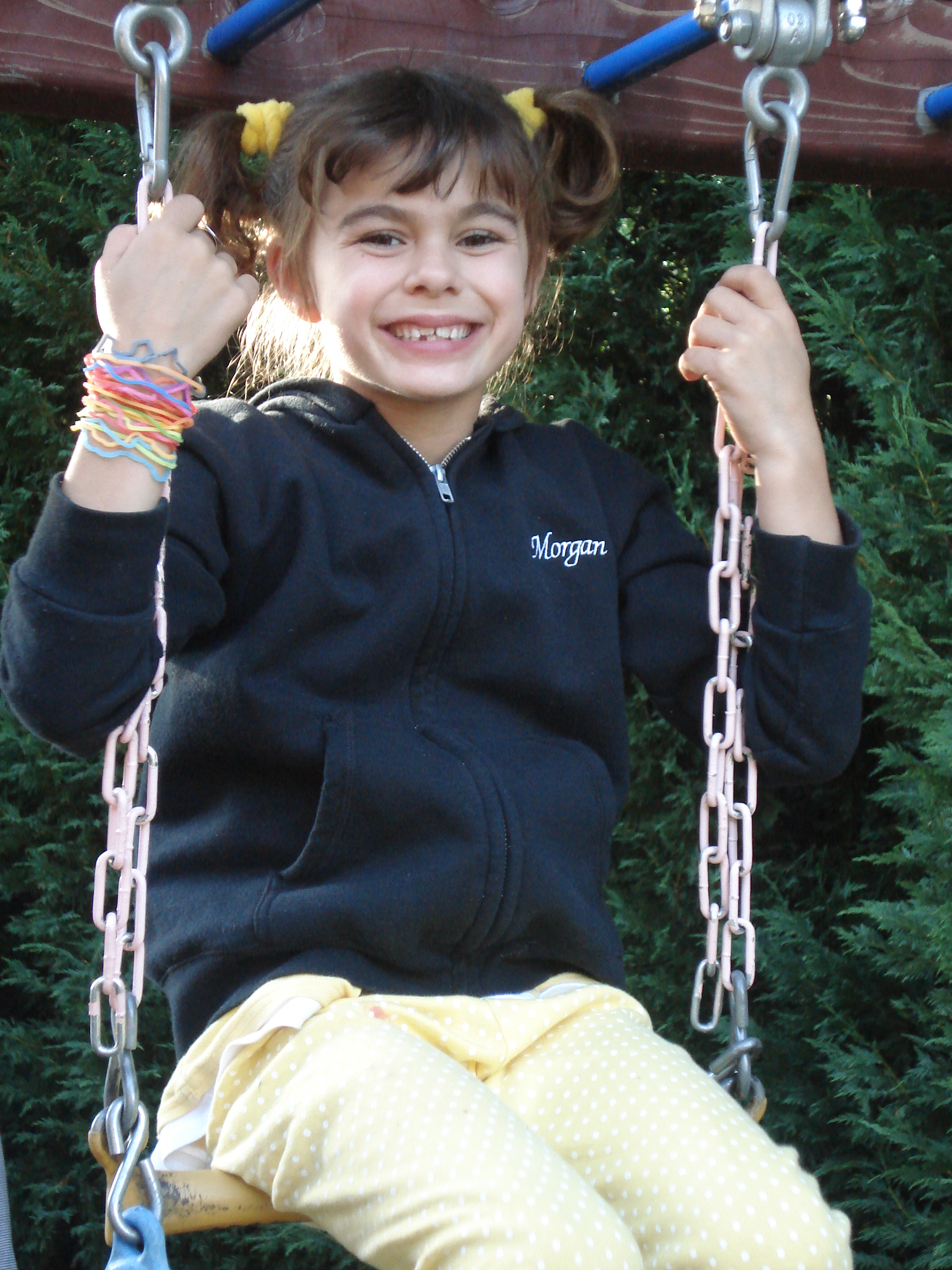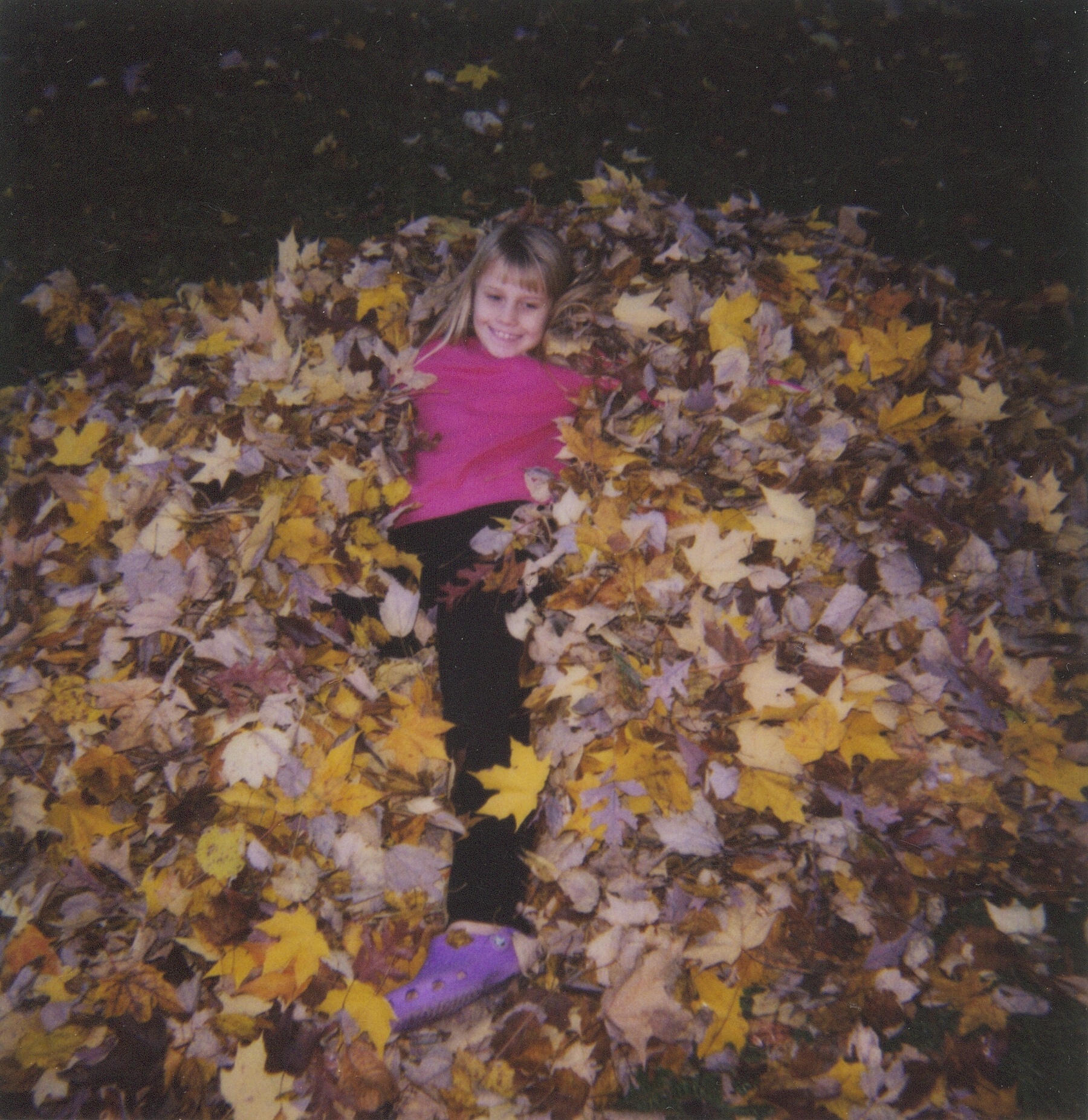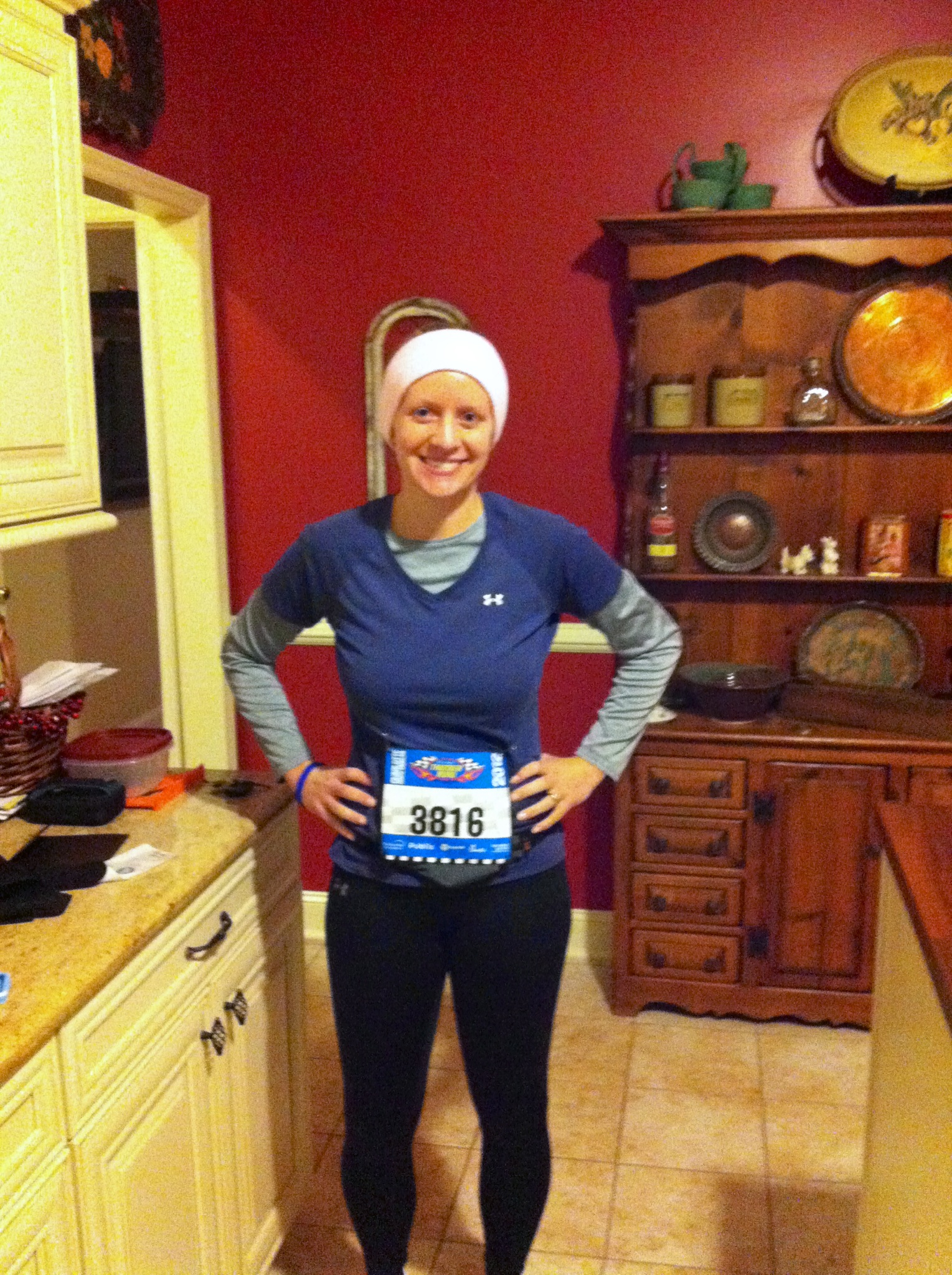 I opened my eyes a few minutes before 5:30 a.m. on Saturday, Nov. 17 with surprising ease. I swung my bare feet out from under my warm down comforter and winced – but only a little – when they first hit the cold hardwood floor. First in the bathroom, then in the closet, I went through the robotic motions of brushing my teeth, splashing lukewarm water onto my sleep-deprived face, pulling my hair into a ponytail and trading my cotton pjs for compression tights and thin, sweat-wicking layers on top – purple for Taylor’s Tale. I coaxed my still-dreaming dog into the kitchen, where my friend Kelli and I toasted bagels and drank juice and wished for more time.
I opened my eyes a few minutes before 5:30 a.m. on Saturday, Nov. 17 with surprising ease. I swung my bare feet out from under my warm down comforter and winced – but only a little – when they first hit the cold hardwood floor. First in the bathroom, then in the closet, I went through the robotic motions of brushing my teeth, splashing lukewarm water onto my sleep-deprived face, pulling my hair into a ponytail and trading my cotton pjs for compression tights and thin, sweat-wicking layers on top – purple for Taylor’s Tale. I coaxed my still-dreaming dog into the kitchen, where my friend Kelli and I toasted bagels and drank juice and wished for more time.
After snapping a few photos and checking our gear not once, but twice for good measure, we drove two miles to the nearest light rail station and, after 10 minutes in the teeth-chattering morning chill (we didn’t take jackets), snagged a ride to uptown Charlotte for the Thunder Road Half Marathon. Each time the train stopped, more runners joined us. As we rode, I thought about how I hadn’t really trained – at least not to the extent that I’d trained for other races. I thought about how I should have worn a top layer with pockets for tissues (I’d had a nasty head cold all week). I thought about how I could have stuffed extra moleskin and bandages into those pockets, too (I had a walnut-sized blood blister on the bottom of my left foot from a 10-mile run a week earlier).
As we got closer and closer to uptown, I threw my time goal out the window. And as the train coasted into our destination, I turned to Kelli and said, “I’m just going to have fun today. No pressure!”
As we stood inside the climate-controlled convention center, stealing a few minutes of warmth before the race began, I reached down to check the contents of my tiny waist pack one last time…except that I couldn’t open it. Somehow, the zipper got jammed, trapping my energy beans and Chapstick inside. Neither are super important in the grand scheme of things, but most runners are particular about their routines, and I’m no exception. And I have to have my energy beans and Chapstick when I go for a long run.
Somehow, though, I got over it. We made our way outdoors into the throng of thousands packed into a few city blocks, and when the race began at 7:45 a.m., we inched forward with the others until we crossed the timing mat, then walked till the pack leaders burst ahead, making room for the rest of us. And then, after what seemed like an eternity but in reality was likely about a minute, we broke free.
I knew right away that things would go better than I’d expected. The air didn’t seem nearly as cold as it did just moments earlier, and it felt good when it filled my lungs. Every time I approached a hill, I found an unexpected burst of energy. My head felt clear. My foot didn’t hurt at all. I settled into a fairly consistent pace of about 8:50/mile – a little slower than my typical pace for 10-mile races but faster than my fastest half marathon pace.
After a particularly long climb around mile five, I got a little winded. I never thought about walking. I did consider slowing down. But then, I thought about how Taylor ran part of the same course in her first 5K, in December 2008, and never once stopped to walk (even when she fell and scraped her knees). I remembered that one of my sister’s former classmates and his father were somewhere on the half marathon course at that very moment – running for her – and that they had vowed to run the entire way, because Taylor never gave up. I thought about Kelli, somewhere behind me, and a handful of others who’d dedicated their race to my little sister and her courageous battle against a disease that has stolen her ability to run (and so much else) since an incredible year in which she ran two 5K races and a practice 5K. I thought of all of those things, and I kept running.
Less than a mile before the finish line, I ran beneath the bridge where, during the same race two years ago, I approached a runner with a cane. Blind, he nevertheless completed an urban half marathon without the assistance of a guide. He provided the final push I needed to finish my race that day. This time, I had only my own will and the image of my little sister, fighting a demon of a disease at home, nine miles away.
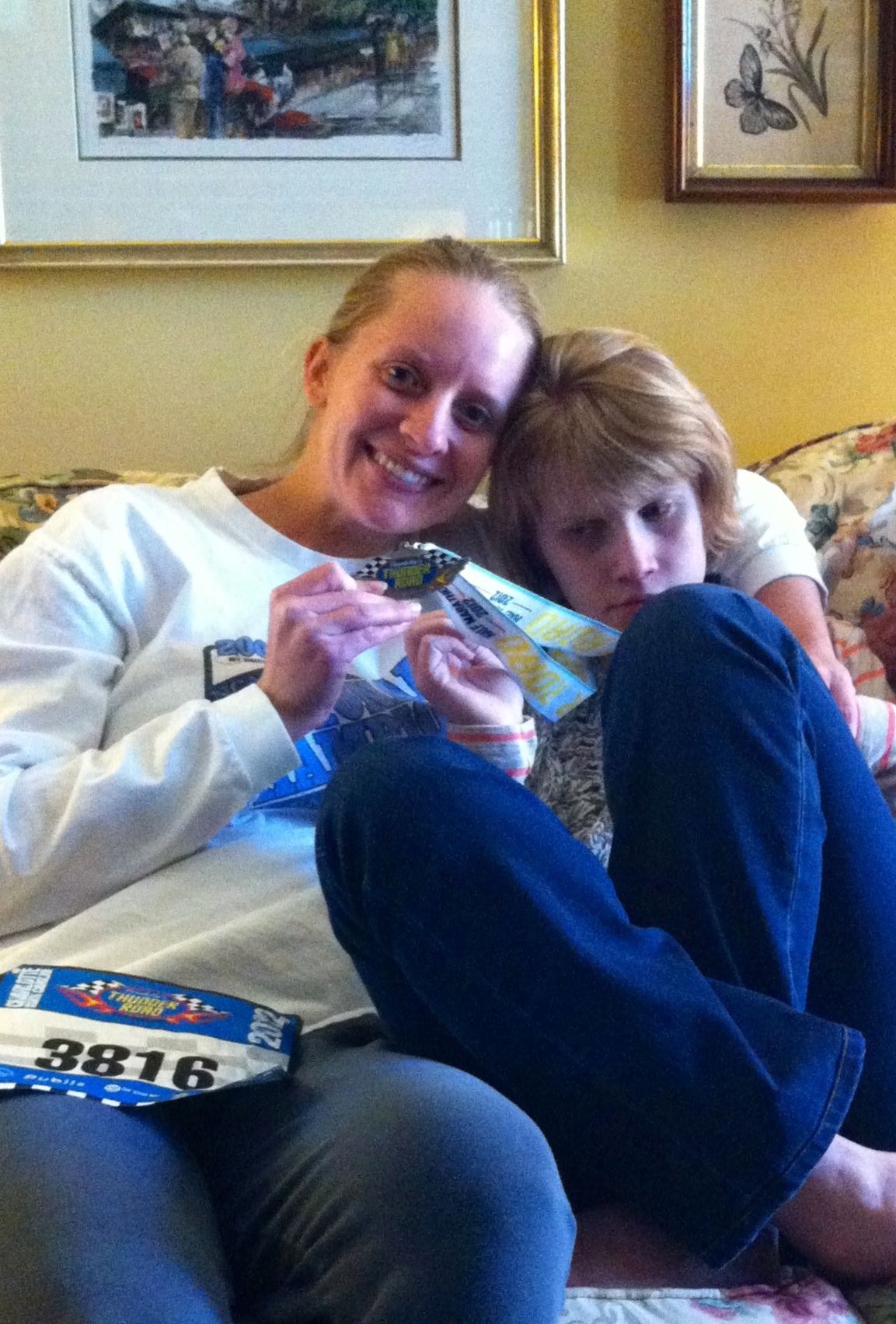 No matter how a race goes, I always end with a dash to the finish line. As soon as the final timing mat and those six glorious letters come into view, I shift gears and finish with a hard sprint. But just as I began to make my break for the end of Thunder Road, I tweaked my left calf muscle. At that very moment, the pain felt so excruciating that I immediately thought I tore something. I never envisioned crawling across the finish line, but for a brief moment, I thought I might be forced to do so.
No matter how a race goes, I always end with a dash to the finish line. As soon as the final timing mat and those six glorious letters come into view, I shift gears and finish with a hard sprint. But just as I began to make my break for the end of Thunder Road, I tweaked my left calf muscle. At that very moment, the pain felt so excruciating that I immediately thought I tore something. I never envisioned crawling across the finish line, but for a brief moment, I thought I might be forced to do so.
Somehow, though, I managed to jog-hop the last 100 yards of the 13.1-mile course. I finished with a time of 1:57:20, good for a new personal record (PR) in the half marathon. And as I wrapped myself in an aluminum blanket and poured water down my throat, I discovered that the pain in my leg was gone, replaced by an all-over feel-good sensation.
I know that I can’t run Batten disease out of Taylor’s life. I know that I can’t chase down a therapy for kids like my sister, no matter how much I train. I know that the running is mostly for me. It’s my therapy. But it’s darn good therapy; without it, I wouldn’t have the guts or the energy to fight this monster day in and day out. And if telling my crazy running stories translates into one more comrade for us in the fight against Batten disease, it’s all worth it to me.
The day after the race, of course, I paid the price for recording a new personal record with a head cold, the world’s biggest blood blister and a slack training schedule. But I didn’t care then, and I don’t care now. Taylor gave me wings. And if you have wings, you fly.


